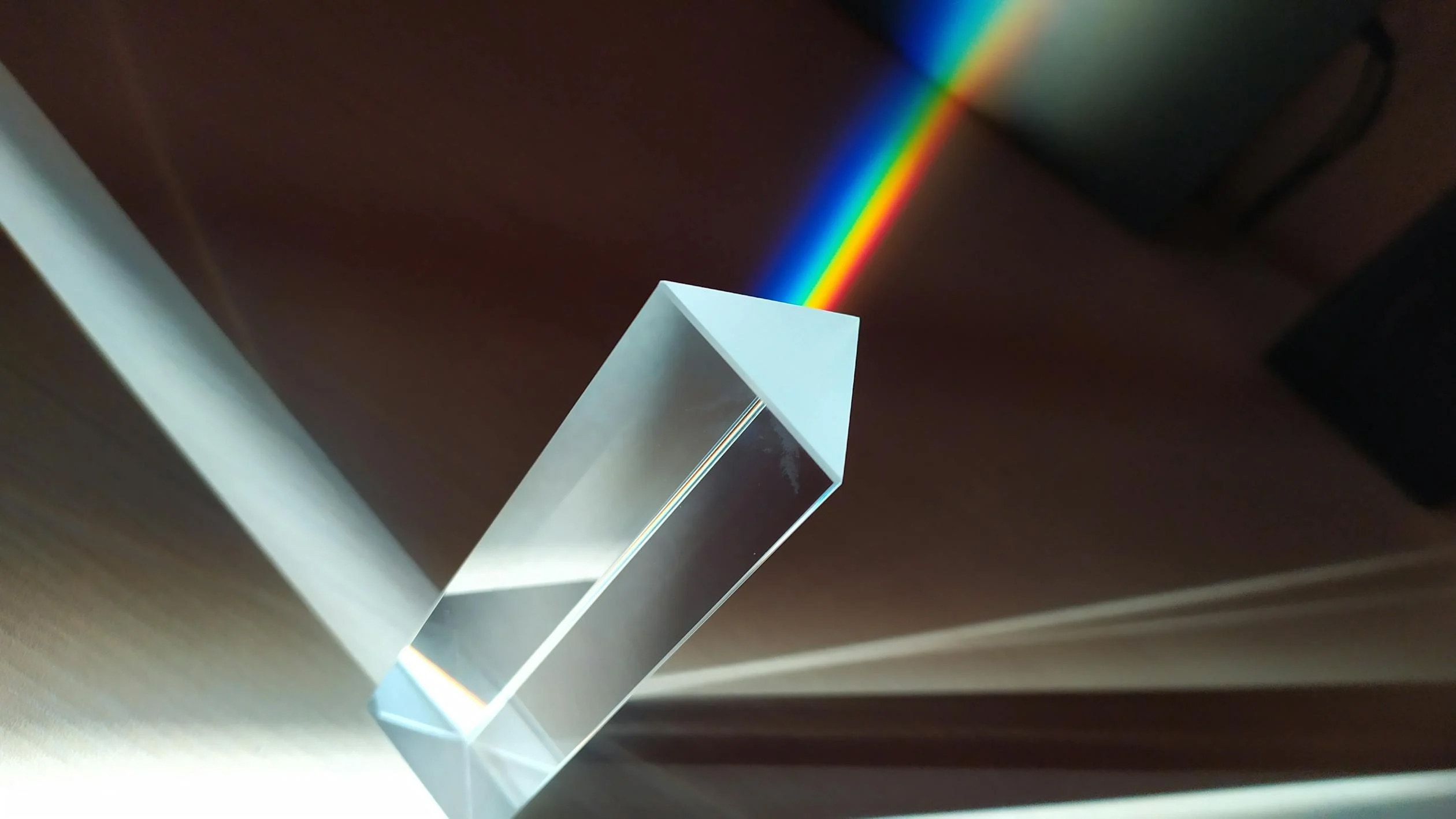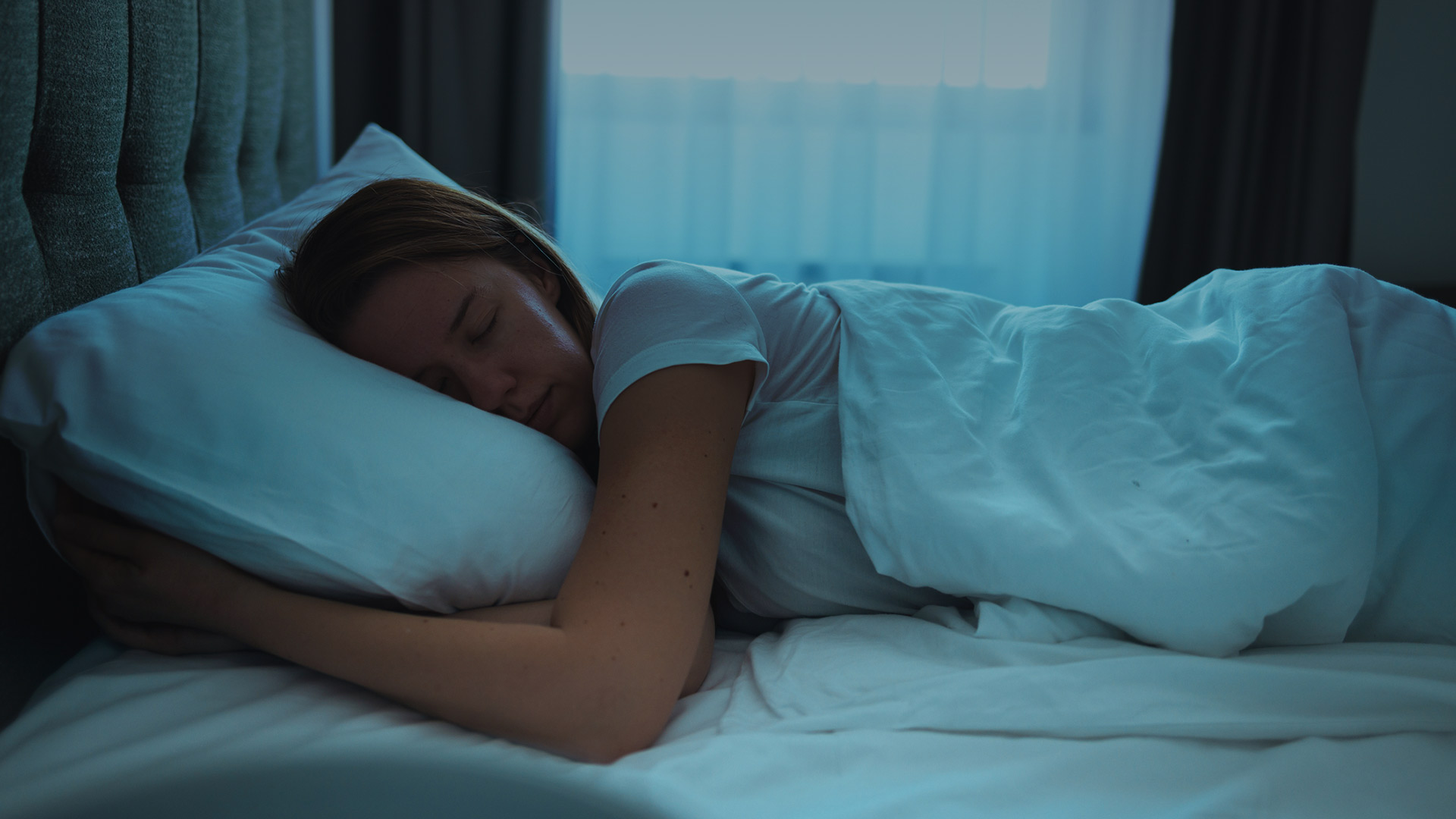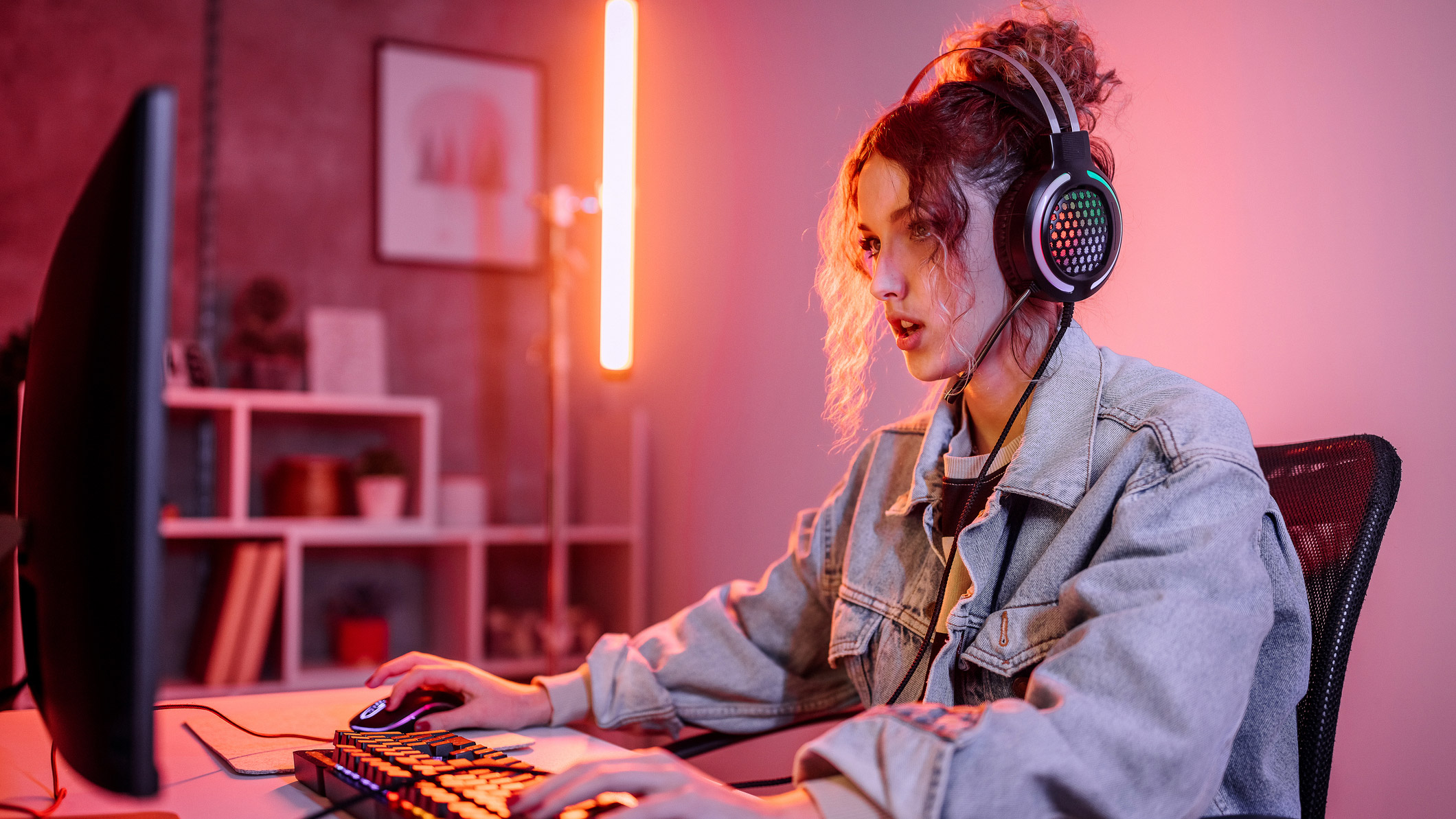The science of noise colors: why white noise makes you sleepy and blue noise helps you focus
Yes, you really can hear colors – and here’s why one audiologist thinks you should pick a favorite

I’ve always loved the sound of green noise while I work. It feels like my desk is surrounded by trees or positioned next to a waterfall. Something about it quietens my mental chatter and helps me focus, which is why I often play it in the background when I’m writing. But a few weeks ago, something unexpected happened.
I was deep in thought, not noticing the transitions between the green noise tracks Spotify was playing, when I suddenly felt sleepy. That’s when I realized the noise had shifted – from green to white. My productive focus had faded into a gentle drowsiness.
This experience made me wonder: why do these sounds have such a strong effect on my mood, focus, and energy levels? How do they work, and do they affect everyone the same way? To find out, I spoke to a prominent audiologist – and asked some of my social media followers to share their experiences, too.

Why is it called white noise?
So why are sounds associated with colors, like white, brown, pink, or blue?
"The color names for different types of sounds are based on an analogy between the frequency makeup of sound waves and light waves," Ashish Shah, an audiologist at The Hearing Care Partnership, explains. “Red noise is strong in longer wavelengths, similar to the red end of the visible spectrum."
These "colors" of noise provide a visual metaphor to help us describe the sound’s frequency distribution and categorize their unique properties.
How do noise colors affect us?
When I asked my social media followers about their preferred noise colors, the responses varied. Some people swore by one type and couldn't stand others, and many used specific noises for specific purposes, mostly while sleeping or working.
Sign up for breaking news, reviews, opinion, top tech deals, and more.
"Everyone will react differently to different sounds," explains Shah. "Some people may find white noise helps them to focus or sleep, but others might find it distracting or even irritating."
Finding the right noise is clearly personal. But clear patterns did emerge from the responses, suggesting that while individual preferences can vary, certain sounds tend to produce consistent effects on mood, focus, and relaxation for most people.

White noise: best for sleep
Author Lauren Bravo tells me: "We use white noise for my daughter when she sleeps, which I then listen to vicariously through the baby monitor at night. I don’t love it, but it works wonders for her!"
White noise seems to be the most popular choice for sleep – especially for babies and children – and there’s a scientific reason why.
"White noise’s primary benefit lies in its ability to mask environmental sounds because it's a consistent blend of all audible frequencies at equal intensities,” says Shah. “This can be helpful for anyone struggling with insomnia or light sleepers who are easily disturbed by sudden noises."
Its steady backdrop works to minimize interruptions, which creates an environment that’s more conducive to restful sleep.
Brown noise: best for reducing stress
Ashley Fryer, a communications director who uses brown noise during the day, says: "Brown noise helps me focus when I’m working! It’s less sharp than white."
So, what makes brown noise soothing but different from white noise?
"Brown noise, or red noise, is unique for its deep bass-heavy tones," Shah explains. "Its low-frequency focus creates a sense of warmth and relaxation, which can be useful in reducing racing thoughts, and managing stress and anxiety."
The deep, smoother qualities of brown noise feel less jarring and more enveloping than white noise, as Ashley notes. These characteristics make it ideal for quietening the mind – a perfect auditory backdrop for work or relaxation.

Pink noise: best for cognitive performance
Pink noise is a favorite for business owner Sharice Hartley: "Pink noise works best for me. It’s great for masking tinnitus and generally helps me to relax. It feels like the wrinkles in my brain are being smoothly ironed out."
Shah highlights the unique benefits of pink noise: "Pink noise has a more balanced frequency distribution compared to brown or white noise. It’s similar to natural sounds, like rain or waves, and it's particularly useful in improving memory retention and cognitive performance."
I was surprised just how many people told me they listened to pink noise the most. Especially people who are neurodivergent. "My son and I both find pink noise drowns out our ADHD brains," Emma Cossey, a coach for freelancers, tells me.
Fascinatingly, research supports this. “Studies show pink noise can enhance productivity, especially for children and young adults with ADHD symptoms,” Shah says.
Blue noise: best for problem-solving
While green noise has long been my favorite, I may have discovered a new contender while writing this article: blue noise.
"Blue noise is the highest frequency of these sound profiles," explains Shah. "It’s best for quick decision-making tasks or problem-solving activities."
Unlike the calming tones of brown or pink noise, I find blue noise is more invigorating – like a refreshing shower for my brain. Shah notes that this is how it helps keep people sharp and energized, making it ideal for tackling high-intensity mental tasks.

Sounds in gaming: enhancing atmosphere and immersion
Noise colors aren’t just for sleep or productivity. They’re also a hidden force in gaming, setting the mood and guiding player experiences as they interact with virtual worlds.
"In gaming, sound plays a massive role in shaping how players feel," explains Lukas Kubiak, a gaming consultant and sound design expert at The End of the Sun. "Noise profiles – the ‘colors’ of sound – are an incredible tool to enhance atmosphere and immersion."
Brown noise, for example, creates a natural, grounding environment. “We used brown noise to mimic the hum of wind through trees or distant mountain rumbles, creating calm before tension builds," Kubiak says.
Whereas white noise adds subtle suspense, keeping players on edge. "It’s perfect for building tension," Kubiak explains, "like the faint static of an untuned radio."
Pink noise can also be used to aid focus during puzzle-solving. "It subtly masks distractions, keeping players locked in," Kubiak notes.
“It’s all about creating an invisible emotional layer,” Kubiak says, showing how noise colors can deepen immersion without players even realizing it.
It’s fascinating to learn how sound can profoundly shape our days, enhancing focus, improving memory, quietening mental chatter, and aiding restful sleep. With such a spectrum of noise colors available, and their potential to influence how we think, rest, and play, I highly recommend experimenting to find what works best for you. The right sound could transform your routine – and perhaps even your life.
You may also like
- Never mind the earbuds: this firm says it's found the cure for your ear canals
- Our pick of the best headphones money can buy
- And here's our guide to the best earbuds
Becca is a contributor to TechRadar, a freelance journalist and author. She’s been writing about consumer tech and popular science for more than ten years, covering all kinds of topics, including why robots have eyes and whether we’ll experience the overview effect one day. She’s particularly interested in VR/AR, wearables, digital health, space tech and chatting to experts and academics about the future. She’s contributed to TechRadar, T3, Wired, New Scientist, The Guardian, Inverse and many more. Her first book, Screen Time, came out in January 2021 with Bonnier Books. She loves science-fiction, brutalist architecture, and spending too much time floating through space in virtual reality.
